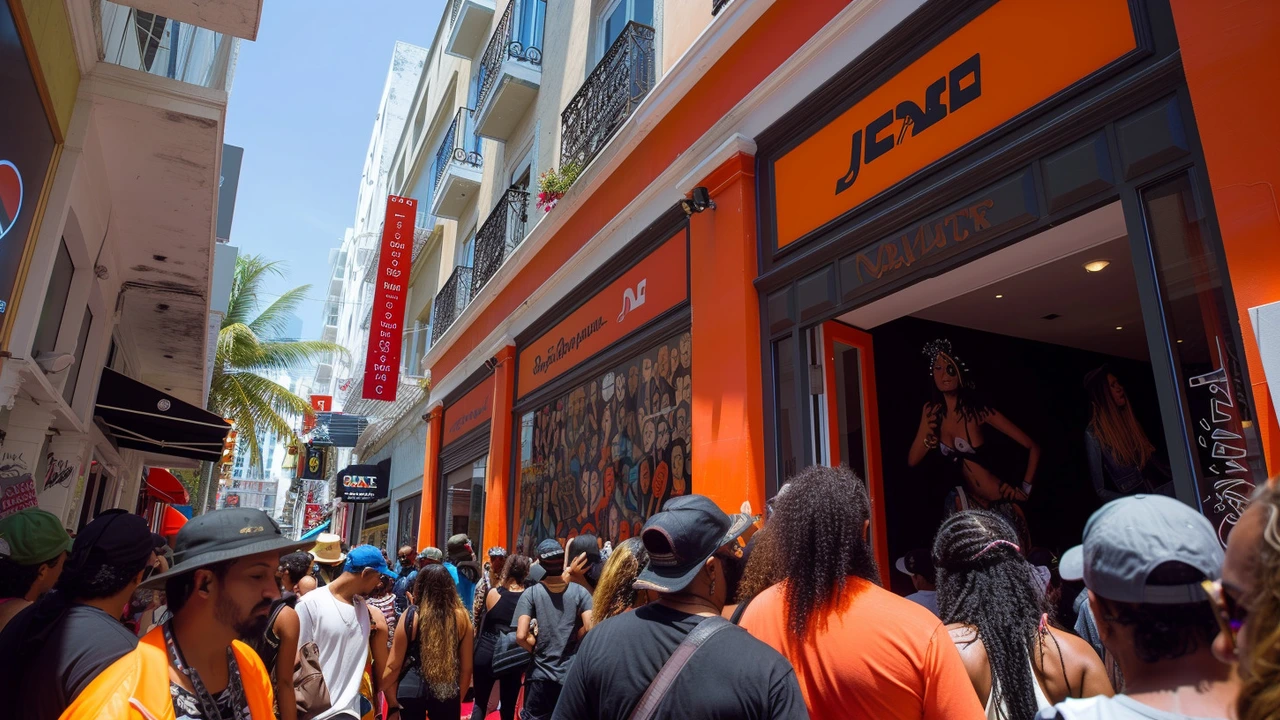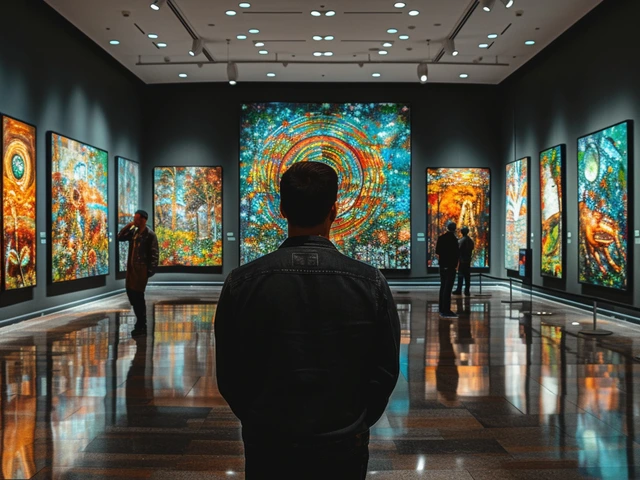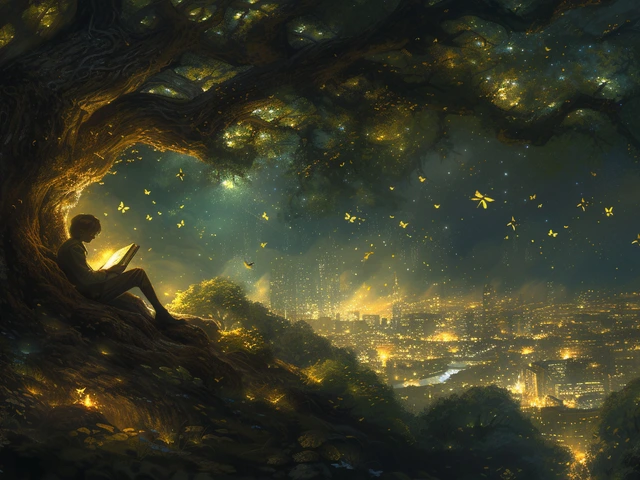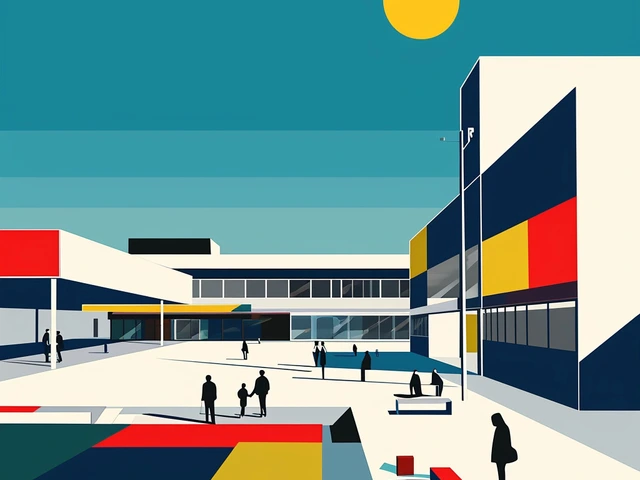Embedded Meaning: Contemporary Art As a Reflection of Our Age
Contemporary Art expresses our present reality. It's the mirror we hold up against the changing world to not only understand the complexities of living in the moment but also to comprehend our responses to the myriad of societal and global changes that disrupts our status quo. It's an open dialogue between the artist and the audience that can sometimes produce confusion instead of clarity. If you were to scan a room displaying contemporary art, beyond the immense variety of colors, forms, and materials, you'll notice a bunch of perplexed faces trying to make sense of what they're seeing. Without doubt, contemporary art can be puzzling – but isn't that the beauty of it? It doesn't spoon-feed you a story. Instead, it serves as a booster shot for your curiosity, creativity, and perspectives.
Modern Culture Shaped by Contemporary Art
Now, if you take the liberty to see contemporary art beyond just respected galleries and museums, you would notice how art has stealthily inserted itself into everyday life. The clothes we decide to wear, the designs of our homes and public buildings, the ads we keep seeing on our screens, and even our conversations are routinely inspired by contemporary artists. Try to think of pop culture without referencing Andy Warhol, or discussing environmentalism absent the influence of Olafur Eliasson, or visualizing technology without Yayoi Kusama's Infinity Mirrored Rooms. Contemporary art has turned into the silent tutor, guiding our tastes and thinking.
Tattoos and Graffiti: Undeniable Stamps of Artistic Influence
Let's take tattoos and graffiti as examples of how contemporary art has expanded its wings to the streets. When you look at a tattoo, your first impression may be about its intricate design or bold colors, but dig deeper, and you would see symbolisms, stories, and perhaps, even hidden messages. Graffiti too, has transitioned from being considered mere acts of vandalism to a form of resistance, social commentary, or simply an outcry for artistic freedom. Both of these examples demonstrate how contemporary art is changing the everyday culture and aesthetics around us.
Transcending Through Times: The Tech Influence
We ought to remember that the journey of contemporary art is not a stand-alone phenomenon—it evolves alongside other societal transitions, like technology. Modern artists have been incorporating cutting-edge technology to create immersive experiences for audiences. At the forefront is digital art, where artists use programming codes, algorithms, and virtual reality to create masterpieces. The boundary between reality and the virtual world is thinning, granting audiences a chance to step into an artist's imagination—a truly spectacular development. For those unsure about stepping into the world of techno-art, remember that Marcel Duchamp once said, "Art is about asking questions, not answering them."
Museum Redefined: The Cultivating Impact of Contemporary Art
The relationship between contemporary art and our culture can be best understood when observing the trends in modern museums. For too long, museums were seen as gatekeepers of high culture. But such a narrative is quickly changing. Like a fresh gust of wind, contemporary art has stirred the traditional museum scene by presenting not just traditional, high culture art, but also vernacular art forms. Today's museums are discourse spaces where people can examine, interact, and debate over contemporary art, thereby influencing and being influenced by their cultural notions.
The Political Power of Contemporary Art
Art is never devoid of politics, and contemporary art never shies away from speaking up. It has been critical in shaping our political culture, reminding us of power structures, injustices, human rights, wars, and much more. Take the Russian duo Pussy Riot; their punk rock performances are not merely songs, but rather powerful political statements against governmental oppression. In this case, contemporary art is not only about beautiful objects or aesthetic pleasure but can provide a sense of agency and resistance.
Final Ripple: The Personal Impact
Now, if I may add a bit of personal touch here. A few years back, I attended a contemporary art exhibition by Banksy, a pseudonymous England-based street artist. "Girl With a Balloon" was a piece that resonated deeply within me. It depicted a young girl losing a heart-shaped balloon to the wind, a powerful metaphor about the fleetingness of innocence and love. Since then, I have been noticing more hearts in my surroundings or maybe I'm just paying more attention—either way, a simple piece of art has influenced my perspective, which is a testament that contemporary art indeed has a profound impact on individual, cultural interpretations.



